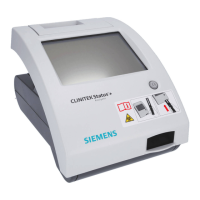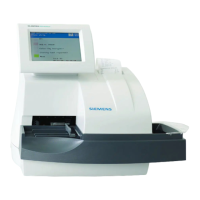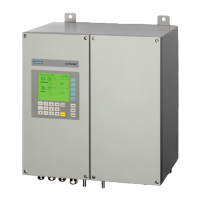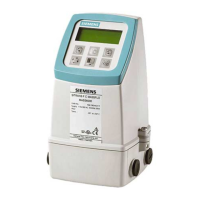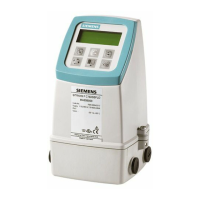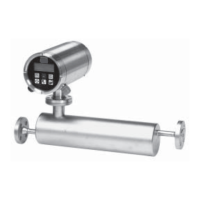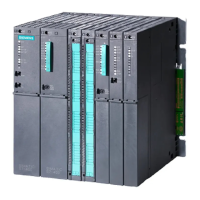130 CLINITEK Status+ Analyzer Operator’s Guide
Safety Information
• Wash your hands before going from a contaminated area to a
noncontaminated area, or when you remove or change gloves.
• Perform procedures carefully to minimize aerosol formation.
• Wear facial protection when splatter or aerosol formation are
possible.
• Wear personal protective equipment such as safety glasses, gloves,
lab coats, or aprons when working with possible biohazard
contaminants.
• Keep your hands away from your face.
• Cover all superficial cuts and wounds before starting any work.
• Dispose of contaminated materials according to your laboratory’s
biohazard control procedures.
• Keep your work area disinfected.
• Disinfect tools and other items that have been near any part of the
analyzer sample path or waste area with 10% v/v bleach.
• Do not eat, drink, smoke, or apply cosmetics or contact lenses
while in the laboratory.
• Do not mouth pipette any liquid, including water.
• Do not place tools or any other items in your mouth.
• Do not use the biohazard sink for personal cleaning such as rinsing
coffee cups or washing hands.
References
1. Centers for Disease Control. Update: Universal precautions for
prevention of transmission of human immunodeficiency virus,
hepatitis B virus and other bloodborne pathogens in healthcare
settings. 1988. MMWR, 37:377-382, 387, 388.
2. Clinical and Laboratory Standards Institute (formerly NCCLS).
Protection of Laboratory Workers from Occupationally Acquired
Infections; Approved Guideline - Third Edition. Wayne, PA: Clinical
and Laboratory Standards Institute; 2005. CLSI Document M29-A3.
[ISBN 1-56238- 567-4].
3. Federal Occupational Safety and Health Administration.
Bloodborne Pathogens Standard. 29 CFR 1910. 1030.

